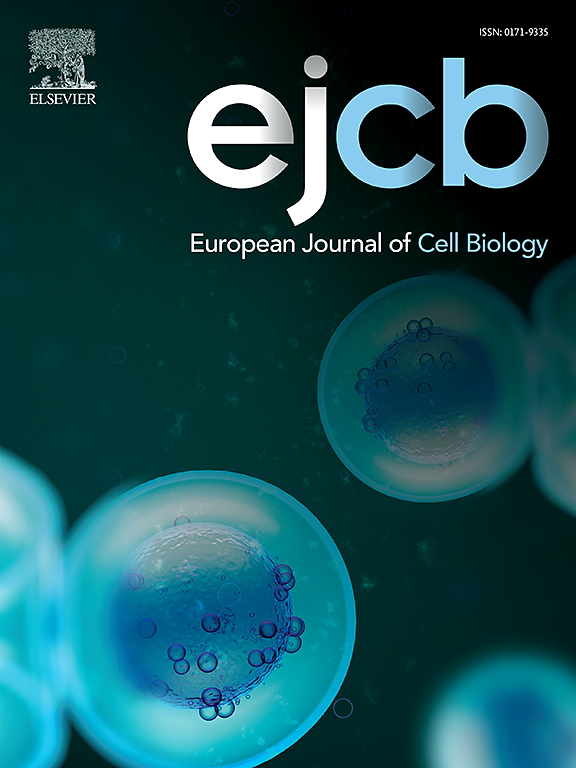Considerations for developing CYP induction assays in hepatocytes: Insights from a multilaboratory study
IF 4.3
3区 生物学
Q2 CELL BIOLOGY
引用次数: 0
Abstract
Cytochrome P450 (CYP) induction studies using primary human hepatocytes (PHH) were conducted across seven laboratories. Standard operating procedures (SOPs) were developed and distributed, ensuring all laboratories used PHH from the same donor and CYP inducers prepared at a single location. In each laboratory, PHH was seeded, cultured, and tested for CYP induction. Induction levels of CYP1A2, CYP2B6, and CYP3A4 mRNA were analyzed by collecting and processing PHH lysates at one site. A review of laboratory work records revealed differences in PHH seeding density and CYP inducer treatment times, which were suggested as potential sources of variability in RNA yield and CYP induction patterns. Follow-up tests confirmed that both seeding density and induction duration significantly influenced CYP mRNA expression levels, beyond lot-to-lot differences in PHH. Despite adhering to shared SOPs, these inconsistencies contributed to variability in study results. To address these challenges, we discuss key considerations for SOP development and implementation to improve reproducibility in CYP induction assays.
在肝细胞中发展CYP诱导试验的考虑:来自多实验室研究的见解
细胞色素P450 (CYP)诱导研究使用原代人肝细胞(PHH)在七个实验室进行。制定和分发标准操作程序(sop),确保所有实验室使用来自同一供体的PHH和在单一地点制备的CYP诱导剂。在每个实验室,对PHH进行播种、培养和CYP诱导试验。通过收集和处理一个位点的PHH裂解物来分析CYP1A2、CYP2B6和CYP3A4 mRNA的诱导水平。对实验室工作记录的回顾揭示了PHH播种密度和CYP诱导剂处理时间的差异,这被认为是RNA产量和CYP诱导模式差异的潜在来源。后续试验证实,播种密度和诱导时间均显著影响CYP mRNA表达水平,超出了PHH批次间的差异。尽管遵循了共享的标准操作规程,但这些不一致性导致了研究结果的可变性。为了解决这些挑战,我们讨论了SOP开发和实施的关键考虑因素,以提高CYP诱导分析的可重复性。
本文章由计算机程序翻译,如有差异,请以英文原文为准。
求助全文
约1分钟内获得全文
求助全文
来源期刊

European journal of cell biology
生物-细胞生物学
CiteScore
7.30
自引率
1.50%
发文量
80
审稿时长
38 days
期刊介绍:
The European Journal of Cell Biology, a journal of experimental cell investigation, publishes reviews, original articles and short communications on the structure, function and macromolecular organization of cells and cell components. Contributions focusing on cellular dynamics, motility and differentiation, particularly if related to cellular biochemistry, molecular biology, immunology, neurobiology, and developmental biology are encouraged. Manuscripts describing significant technical advances are also welcome. In addition, papers dealing with biomedical issues of general interest to cell biologists will be published. Contributions addressing cell biological problems in prokaryotes and plants are also welcome.
 求助内容:
求助内容: 应助结果提醒方式:
应助结果提醒方式:


